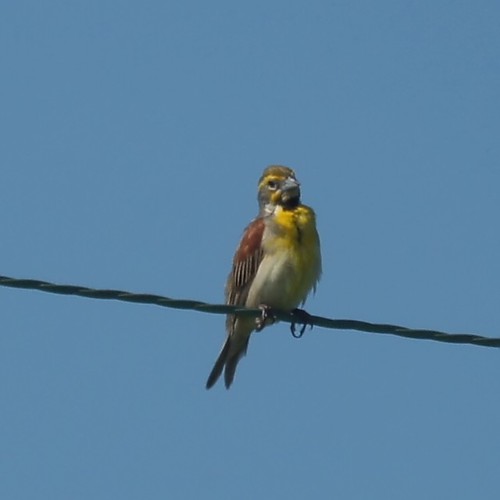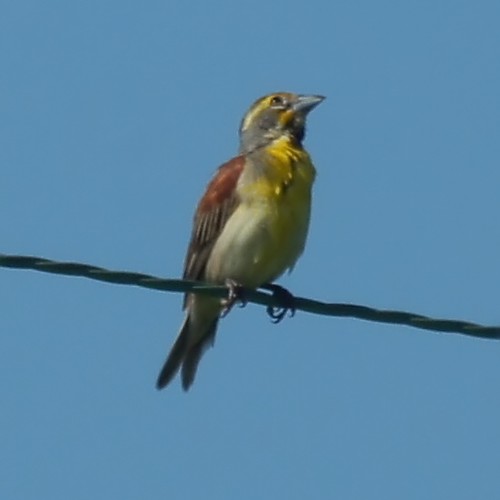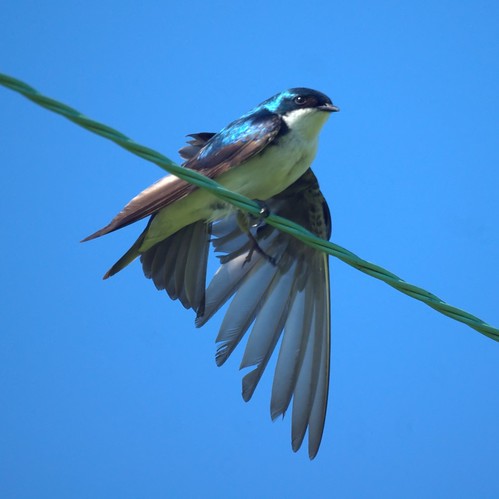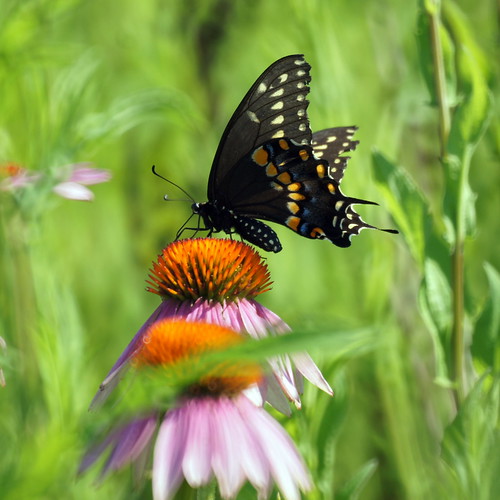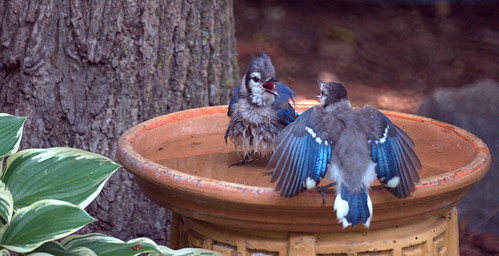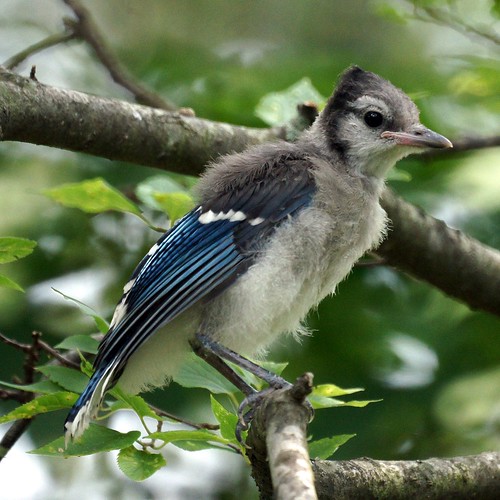Dr. Jungle's Animal Speak |
| Featured Pet of the Week: The Common Goldfish Posted: 10 Jul 2011 07:45 PM PDT
The Featured Pet of the Week is: The Common Goldfish! Goldfish are well known fish that are great pets because they are very attractive, have great personalities with their keepers, and are "easy" to keep. This is definitely true, and for this reason the common goldfish, Carassius auratus auratus, is actually a great fish for beginners. Working in a pet store for a number of years, I have had my fair share of caring for goldfish as well as many other fish and animals. When people would come into the pet store to get goldfish they generally wanted them for one of two purposes, as feeder fish or as pets. Goldfish are often a first pet for children. They are a fun, yet a fairly inexpensive introduction to the world of fish keeping, and pet keeping in general. I would then help them get all set up for their goldfish with an aquarium set-up, food and a care sheet. Goldfish are quite colorful and can easily be found at almost any pet store. Common goldfish are inexpensive and make a great starter fish. They will eat almost any type of fish food offered to them and get along well with most other community fish. Though they are sometimes put in a goldfish bowl or a smaller aquarium when they are young, they do grow into large fish so will soon need a much larger aquarium. Goldfish can also do well in ponds. This is because they are naturally cold-water fish and don’t need to have strict temperature control like many tropical fish do. Common goldfish will also usually fare well with other pond fish, such as koi. Goldfish are considered hardy and can survive in many conditions, but they must be provided with a good environment. The Common Goldfish can get quite large, over 12 inches when they are kept in large enough aquariums or ponds and in optimum conditions. Optimal conditions for goldfish are dependent on a lot of oxygen in the water, and good water quality. A habitat that is not optimal can not only stunt their growth, but will also decrease their lifespan. Small goldfish bowls or fish tanks that are too small will not provide optimum conditions and your pets won’t reach their potential full size. Provide the best environment by keeping pet goldfish in a good-sized aquarium with a heater, proper filtration for good water quality, and other social fish as tank mates. This will keep them healthy for the duration of their lives. Of course, the more fish you plan to keep in your aquarium, the larger you will want it to be. Goldfish need a lot of oxygen, so you will want to get a tank with a lot of surface area. Surface area helps to increase the amount of oxygen in the tank. Also, goldfish produce a lot of waste (in comparison to other fish), so you will want more water volume per fish to help keep it cleaner. It is recommended to start with at least a 20-gallon tank for your first goldfish, and then to increase it an additional 10 gallons for every additional goldfish. The general rule is that you should provide a minimum of 1 gallon of water for every 1 inch of fish length. But as the goldfish become larger, this rule doesn’t apply as well because larger fish consume more oxygen and produce even more waste. Goldfish are very social creatures and thrive when living with other fish. Therefore, they do very well with other goldfish and a variety of community fish. They act as scavengers as well, and so if kept in a community tank, there is little need for other scavengers or bottom feeders. One thing to keep watch out for is to make sure they do not have any diseases – such as ich or parasites. Whenever adding new fish to an aquarium, watch for any signs of a problem and treat the aquarium accordingly. In conclusion, if you would like to get a fish that is easy to care for and hardy, starting with goldfish may be the way to go! To learn more, visit the Common Goldfish page! |
| You are subscribed to email updates from Dr. Jungle's Pets and Animal Speak To stop receiving these emails, you may unsubscribe now. | Email delivery powered by Google |
| Google Inc., 20 West Kinzie, Chicago IL USA 60610 | |













